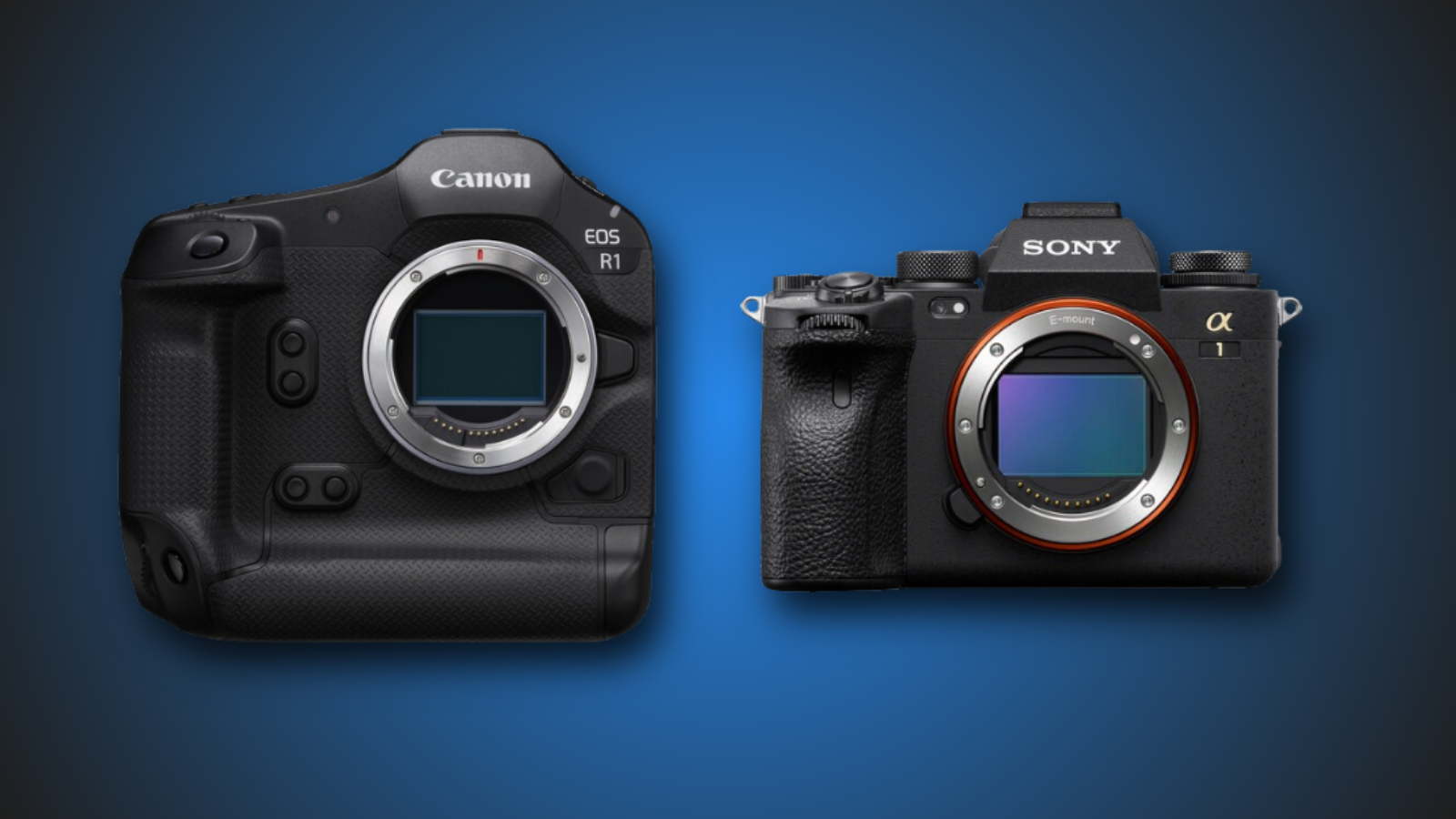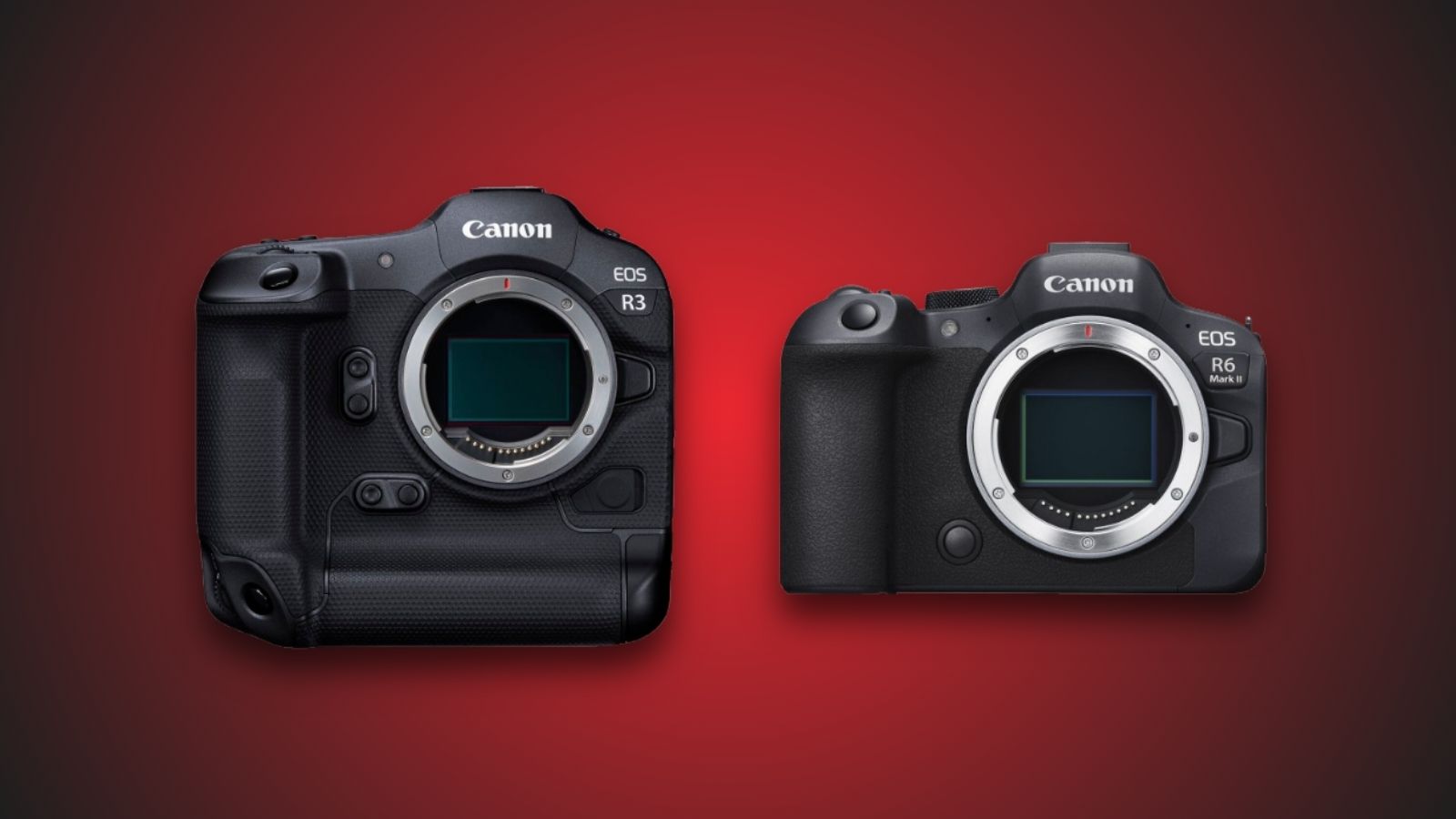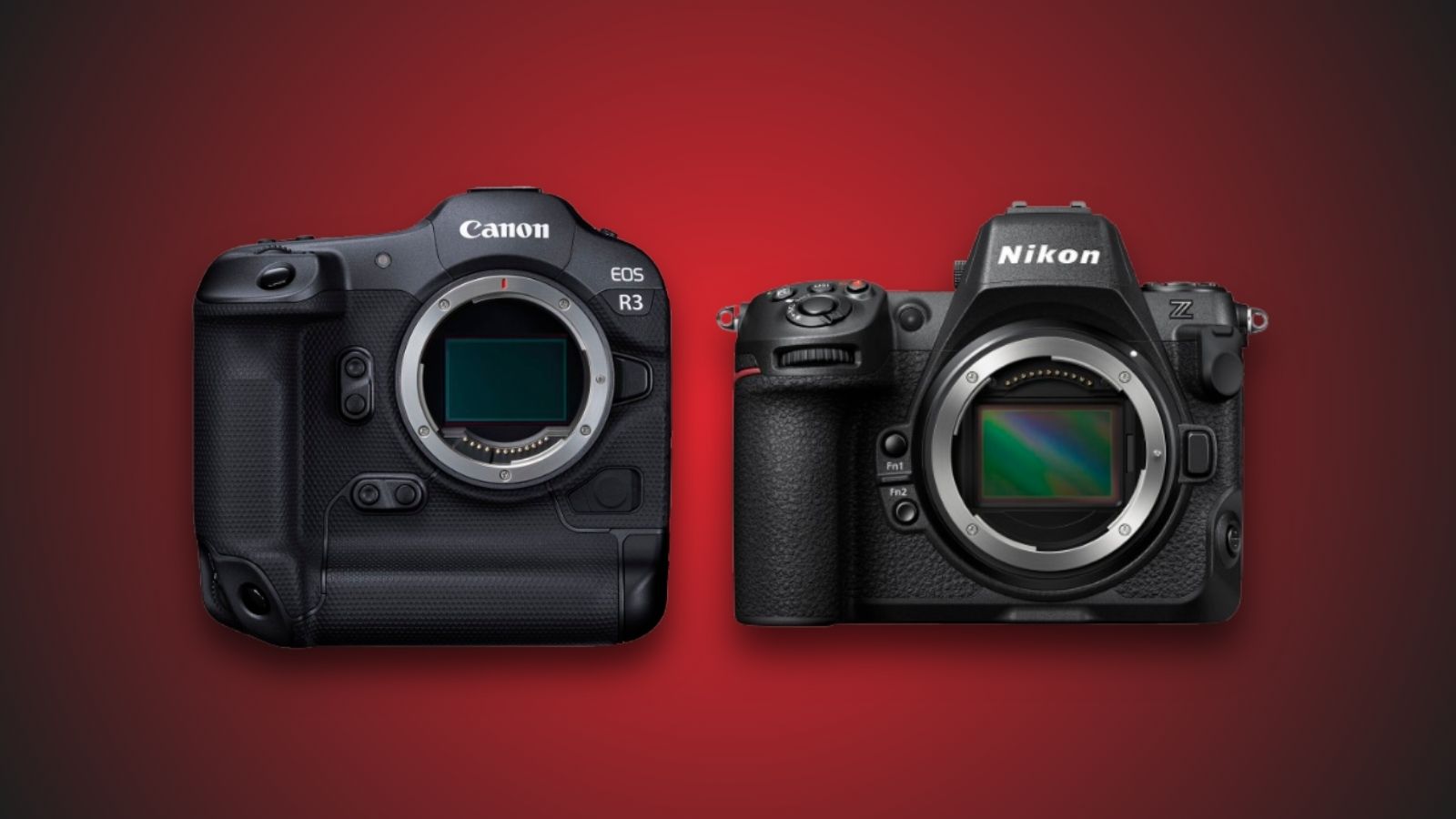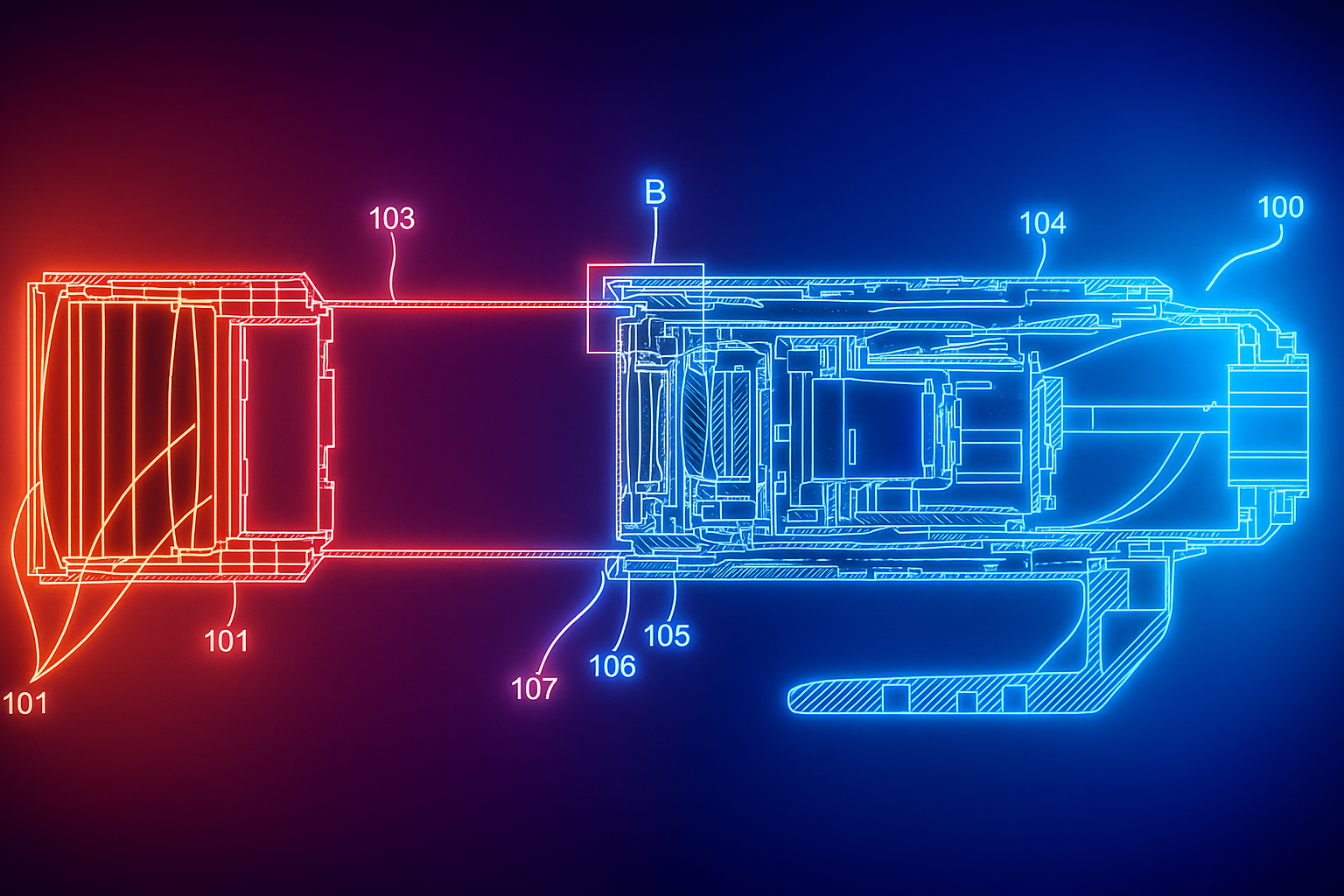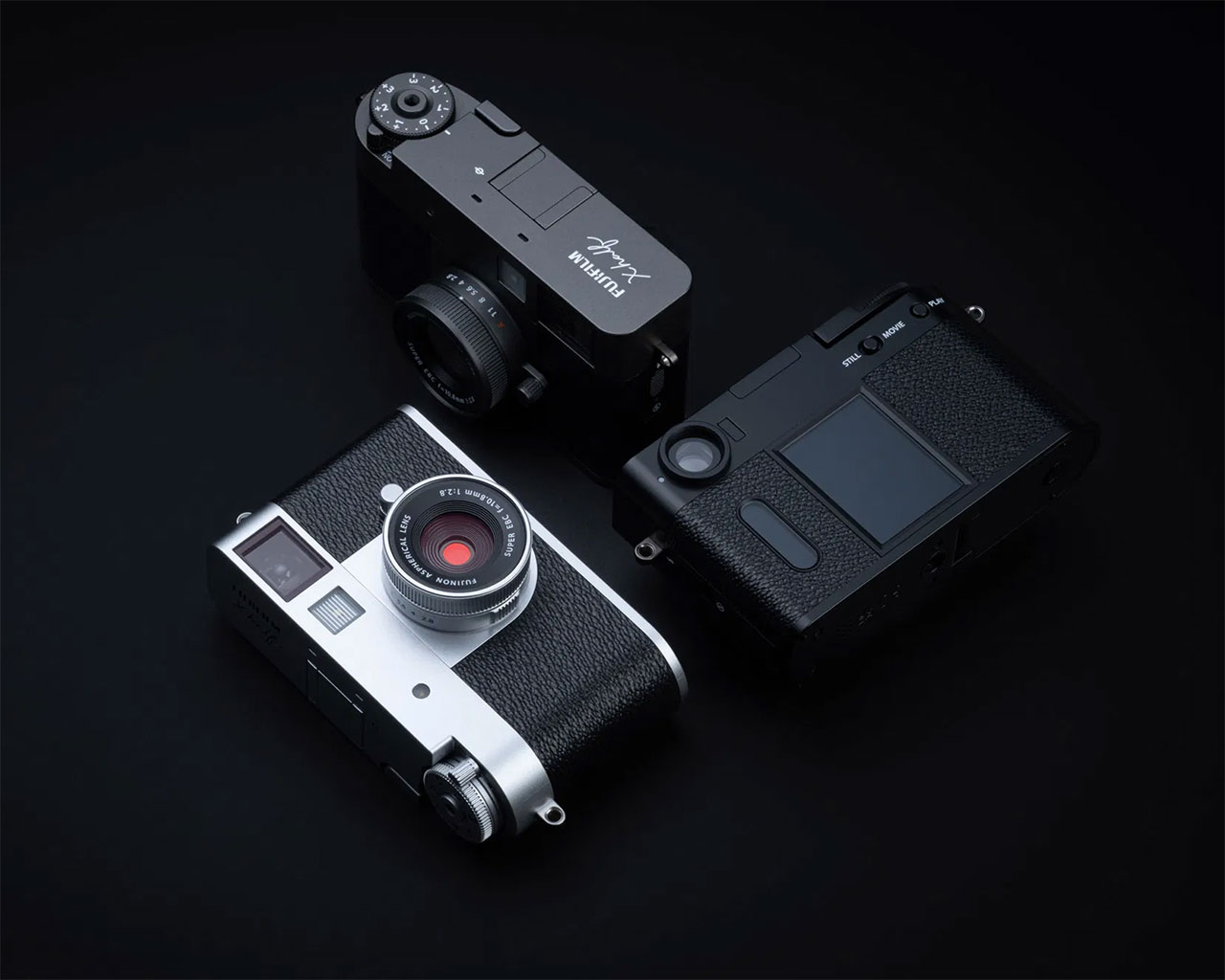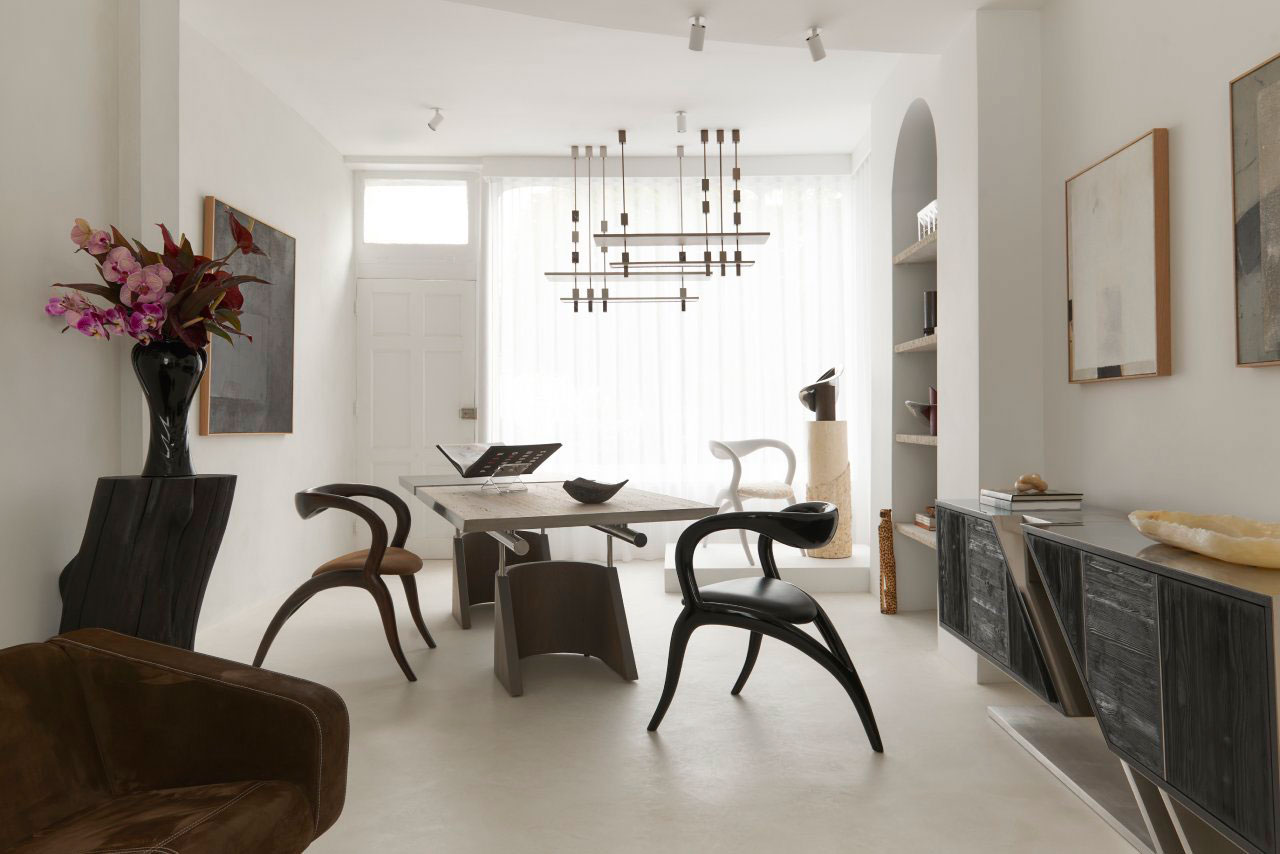This Rugged Mini PC Is Built for Hackers, Tinkerers, and Total Geeks
This Rugged Mini PC Is Built for Hackers, Tinkerers, and Total GeeksHalf a decade ago, the GPD MicroPC looked like something a sysadmin would carry to a LAN party for kicks – a rugged, 6-inch tank...


Half a decade ago, the GPD MicroPC looked like something a sysadmin would carry to a LAN party for kicks – a rugged, 6-inch tank of a handheld PC powered by a sleepy Celeron N4100. Now in 2025, GPD has hit the refresh button, not with a tweak but with a hammer. The MicroPC 2 is here, and it’s sharper, faster, and still unapologetically nerdy.
Let’s get one thing clear: this is a machine built for people who know what a COM port is and why they need one. Field engineers, cybersecurity professionals, and anyone who’s ever SSH’d into a server from a parking lot will find a kindred spirit in the MicroPC 2. While its design echoes GPD’s more recent Pocket 4, the DNA is pure utility. Only this time, it’s not dragging behind in the performance stakes.
Designer: GPD

Under the hood, the original’s aging silicon has been chucked for something far more capable – the Intel Processor N250 from the Twin Lake family. It’s a quad-core chip built on Alder Lake-N architecture with four Gracemont E-cores pushing up to 3.8 GHz. No Hyper-Threading, but this isn’t a content creation box. This is for network diagnostics, terminal hopping, and managing Linux containers on the go. And yes, it’s over twice as powerful as the old N4100, while still staying within a 6W power envelope.
RAM gets a boost too – 16 GB of LPDDR5-4800, fast enough to make multi-tabbed terminal work and lightweight scripting feel snappy. Storage is handled via PCIe Gen 3 M.2 2280, which adds some welcome modularity if you ever need to upgrade or swap drives. GPD hasn’t disclosed the battery specs yet, but unless they botch it, the efficiency of the N250 and LPDDR5 combo should translate into solid endurance.

Screen-wise, GPD steps up from a cramped 6-inch to a 7-inch display. It’s a modest jump on paper, but in practice, the extra real estate matters when you’re navigating dense terminal windows or browser tabs in tight vertical space. It does gain about 10% in weight over the original, but here’s the kicker: it’s still roughly 36% lighter than the GPD Pocket 4. That’s no small feat when you’re keeping a full-sized I/O suite intact.
Speaking of ports, GPD hasn’t gone soft on legacy connectivity. Expect the usual suspects – USB-A, USB-C, RJ45 Ethernet, HDMI, and even a serial port for legacy systems. No dongles, no adapters, just raw, ready-to-work hardware. It’s the kind of machine that could just as easily live in a server rack as in a backpack.

And yet, the MicroPC 2 feels less like a niche relic and more like a deliberate rebellion against bloated ultraportables. It’s compact without being compromised, functional without trying to look fashionable. GPD knows their crowd and doesn’t bother chasing mainstream trends. This machine is unapologetically for the tech-savvy, the tool-wielders, the hackers, and tinkerers who value control over cosmetics.
There’s no pricing or release date yet, but assuming GPD plays within its usual sub-$800 ballpark, the MicroPC 2 will be hard to ignore for anyone who wants a true portable workstation, not a half-baked tablet, not a fashion-first laptop, but a proper, geek-approved productivity brick.

The post This Rugged Mini PC Is Built for Hackers, Tinkerers, and Total Geeks first appeared on Yanko Design.






![The Top 10 “Water Creature” Movies and Media (We Think) [Halloweenies Podcast]](https://bloody-disgusting.com/wp-content/uploads/2025/06/water-creatures-in-horror.jpeg)
















































![Where the Boys Are [BULL DURHAM]](https://jonathanrosenbaum.net/wp-content/uploads/2010/08/bull-durham.jpg)
![Communication Breakdown [SPANGLISH]](https://jonathanrosenbaum.net/wp-content/uploads/2011/05/spanglish.jpg)






































































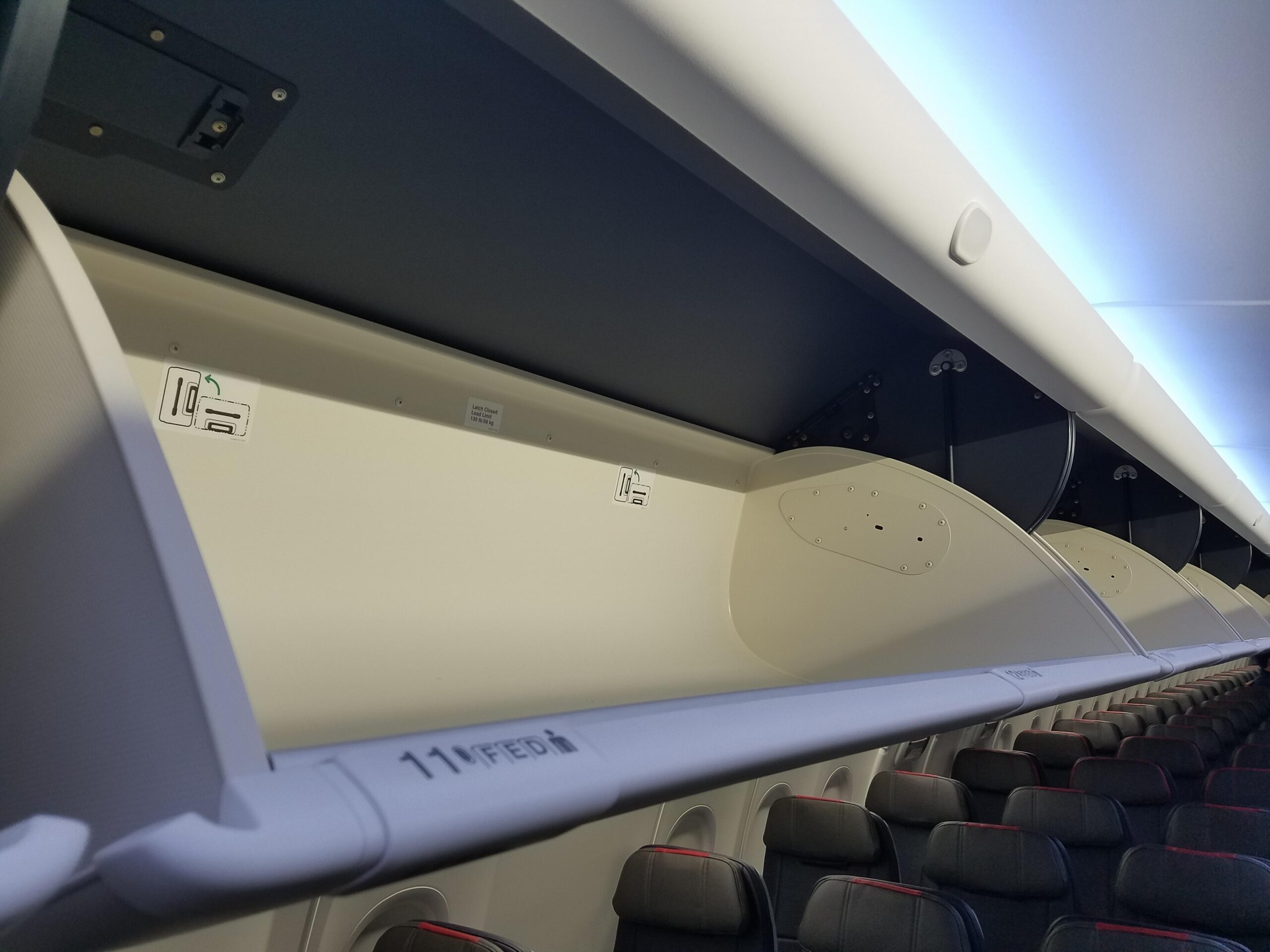

















































































![She Brought Crystal Stemware On A Budget Flight—And Created Her Own First Class [Roundup]](https://viewfromthewing.com/wp-content/uploads/2017/11/20170321_233854.jpg?#)





















-0-6-screenshot.png?width=1920&height=1920&fit=bounds&quality=70&format=jpg&auto=webp#)
















































































